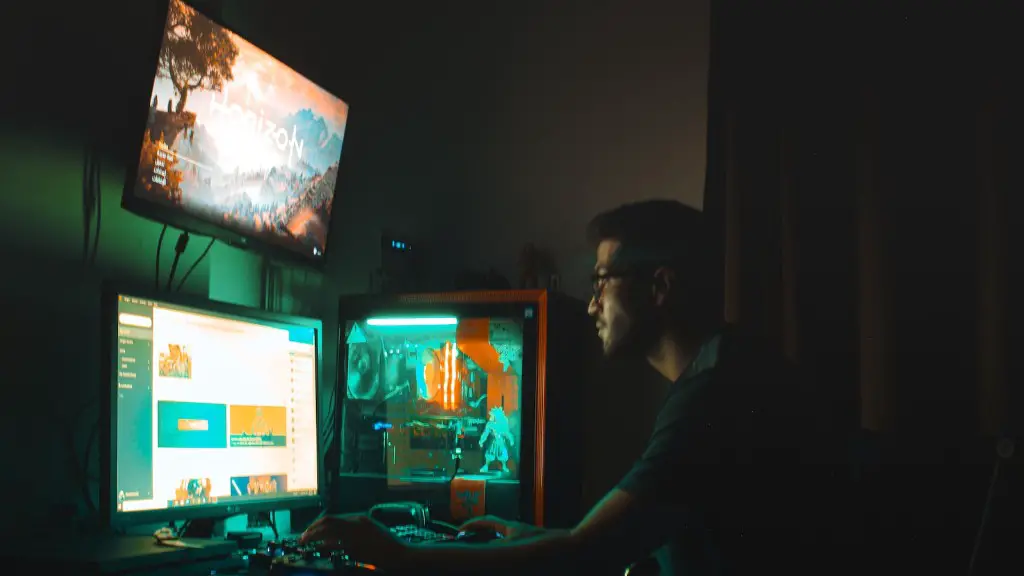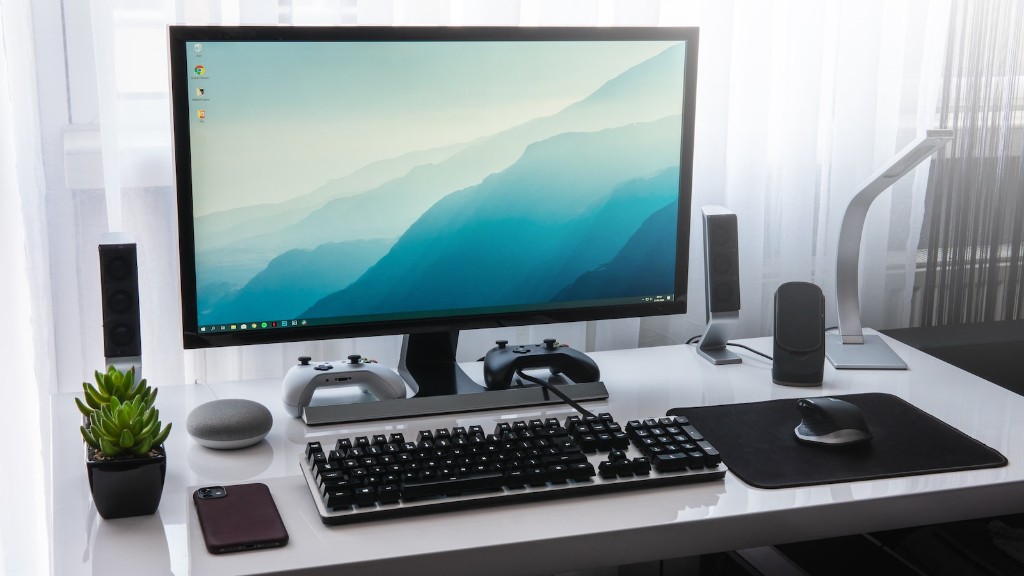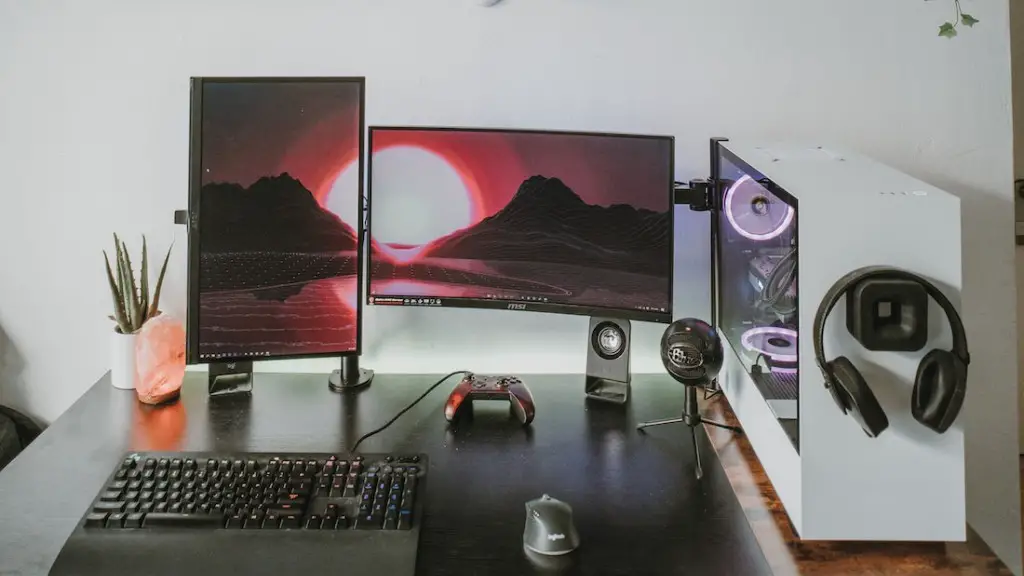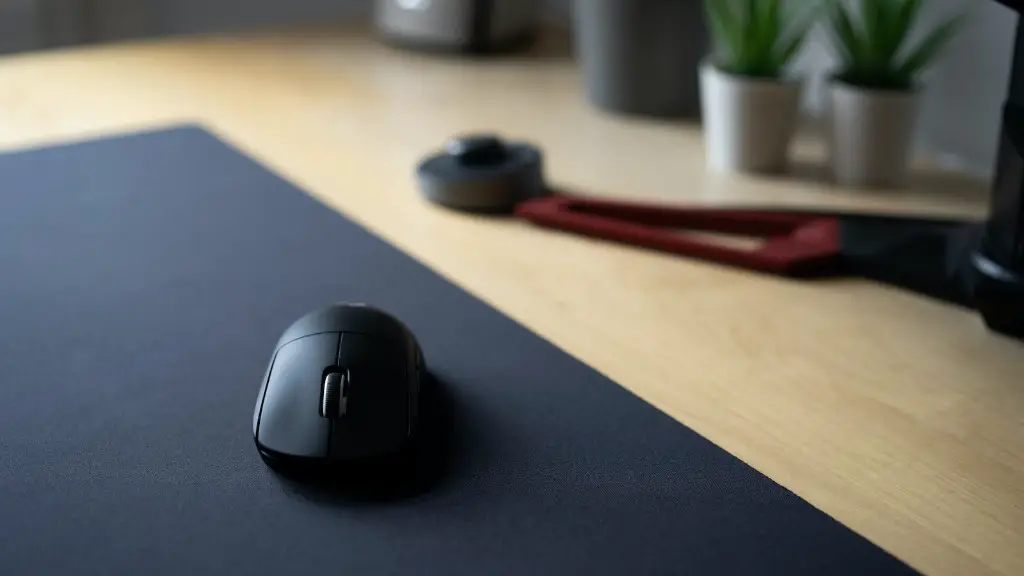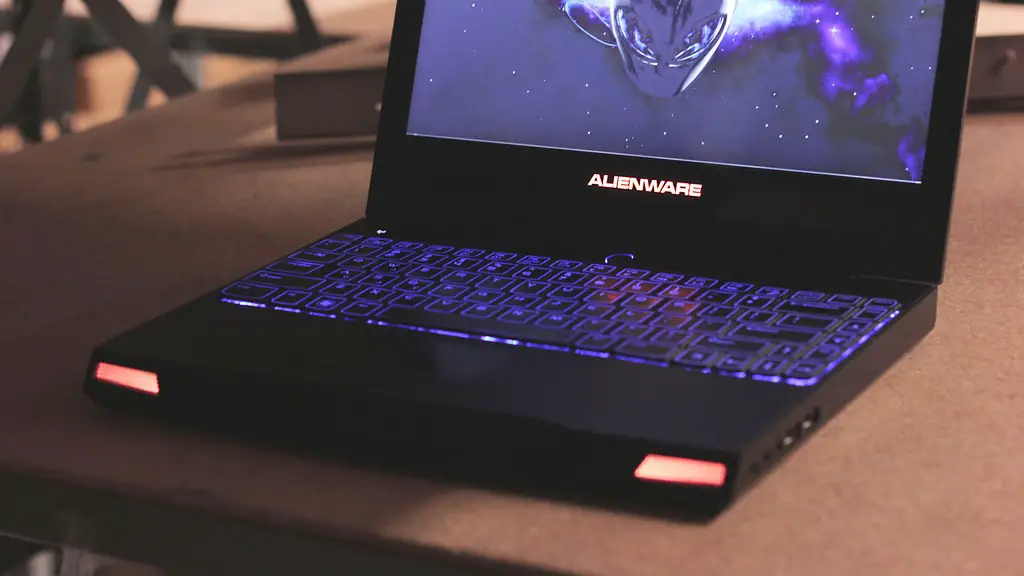Building your own gaming PC can be an exciting, rewarding and cost saving activity if done correctly. It all begins with a decision whether it is actually cheaper to build than to buy a pre-built PC and this depends on the total cost, performance, and the quality of the parts being used. As such, it is important to compare both options before deciding which one to go for.
In regards to the total cost, the total cost of building your own PC is usually the sum of all the materials used. This generally works out to be lower than the cost of a pre-built PC which is beneficial since it allows for more freedom when it comes to ensuring that the components suit your needs and requirements. Additionally, with a pre-built PC, you won’t have the freedom to replace parts as and when needed, whereas with an easily upgradable build, replacing parts such as the processor, graphics card, and more can be done fairly easily.
In addition, when it comes to performance, the quality of components used can significantly influence and impact the performance of the gaming PC. For instance, using a low-end CPU and GPU linked to a low-quality motherboard that can’t keep up with both can significantly decrease the performance of the packaged PC. By building your own PC, you have the ability to research each component on market and pick parts that not only fit your budget but also offer the best performance for your desired gaming experience.
When it comes to quality, it goes without saying that quality components tend to last longer than low-quality components. Therefore, when it comes to building your own PC, opting for quality components will, in the long term, not only provide better performance but also last longer than a pre-built that consists of low-end components.
Overall, there are both advantages and disadvantages associated with building your own gaming PC, however it is important to evaluate both building versus buying options to find out which suits you best. From a cost, performance, and quality aspect, it is possible that building your own gaming PC is actually cheaper than buying.
What Components Are Required To Build A Gaming Pc?
In order to build a gaming PC, you need the basic components such as a graphics card, CPU, cooling system, power supply, storage, RAM, motherboard, and case. However, the exact components depend on the level of gaming desired. Generally, higher-end parts such as a high-end graphics card and processor are used for high-end gaming, while mid-range components are used if you do not require the highest level of gaming performance.
It is also important to consider the compatibility of the components which can be easily checked with an online component compatibility checker tool. This helps to eliminate any potential compatibility issues between the different components and prevents problems such as bottlenecks, incompatibility with the operating system, and poor cooling. Additionally, before building the PC, it’s important to decide on the operating system you want in order to purchase the correct version.
Aside from the core components, additional components such as a gaming chair, case fans, liquid cooling systems, and monitors can also be added to the configuration in order to enhance user experience. These components are often not necessary, however, they add extra comfort and convenience while using the PC.
Hire a Professional or Build on Your Own
Building a gaming PC is not a difficult task and you can complete it with some research and self-learning. However, if you are new to PC building or don’t feel comfortable doing it yourself, you can always hire a professional. Hiring a professional can help to ensure that your PC is built correctly and that you get the most out of your gaming experience. It also allows for a much faster process since the task is being completed by someone who is very knowledgeable in this area.
In contrast to hiring a professional, building on your own gives you the opportunity to learn and understand the different components and how they work together to form a complete PC. By building on your own, you also gain the opportunity to customize your gaming PC to fit your needs. In addition, building your own PC generally costs less than buying a pre-built PC, as parts can be found at much lower costs when they are bought separately.
What Are The Pre-Building Steps?
Before commencing the actual building process, it is important to take the pre-building steps to make sure that you are ready to build the PC. Firstly, it is important to conduct research and create a list of components that are best suited for your desired gaming performance level. Once the necessary components are bought, it is important to make sure that they are compatible with the operating system, motherboard, and other components in the system. This can be done either by double-checking the specifications or by using an online component compatibility checker.
Afterwards, it is essential to understand the process of building the PC, as there are a number of steps involved. Many tutorials and guides are available online and these can help to ensure that all steps are followed correctly in order to build the PC correctly. Lastly, an anti-static wristband or pad should be used while building the PC to prevent any potential electricity issues. This helps to avoid a potential short circuit and damage to components.
How To Test The PC After Building?
Once the PC is built, it is important to test whether the PC works properly before using it. This involves checking all the connections, making sure that all the components are running as required, and ensuring that all the software is working as intended. After all connections and components are tested, the PC should then be powered on and the system should boot up successfully. If the PC does not boot up, it is important to recheck the connections and cables to make sure that everything is properly connected.
Once the PC is running, it is important to test all the software applications in order to make sure that the components are working correctly. During the software testing, the CPU should be checked for any errors or issues and the graphics card should be tested to make sure that it works properly. If any issues or errors occur, they should be rectified as soon as possible.
Lastly, the PC performance should be tested by running a few benchmark tests. Many benchmarking software applications are available online and these can be used to measure the performance of the PC. After the benchmark tests are completed, the results should be compared to other similar systems in order to ensure that the PC is performing as expected.
What Troubleshooting Steps Should You Take?
If any issues occur while using the PC, it is important to determine the source of the issue before troubleshooting. This can be done by checking the components to make sure that they are working correctly, as well as ensuring that the software installed is correctly configured and correctly installed. Additionally, checking the cables and connectors for signs of damage is important, as this can cause malfunctions.
If the issue persists after checking the components and connections, it is important to run a set of diagnostic tests in order to determine which component may be causing the issue. Diagnostic tools are easily available online and these can be used to test each component to see if they are working as intended. Additionally, if some components are not working correctly, they can be replaced or reinstalled in order to ensure that all components are working correctly.
It is also important to make sure that your system is regularly updated in order to prevent any potential issues. This can be done by regularly running an antivirus scan, as well as applying all available updates and patches. Additionally, if any new programs or applications are installed, it is important to ensure that they are compatible with the operating system and other components. If there are any compatibility issues, the programs and applications should be removed as soon as possible.
Should You ConsiderPre-built Systems?
While pre-built systems can be expensive, they may offer some advantages such as a longer warranty period, as well as built-in support from the manufacturer. Additionally, pre-built gaming PCs generally have parts that are compatible with one another, thus providing an easier setup process and less potential issues. Furthermore, pre-built systems often come with all the necessary components, meaning that you don’t have to worry about researching components or compatibility issues.
In contrast, pre-built systems can be more expensive than building your own, and you may not get the performance you are looking for. Additionally, you are generally not able to customize the parts in a pre-built machine and this often limits the potential performance which can be achieved. Furthermore, pre-built systems are not often upgradable and any upgrades most likely require the purchase of a whole new system.
Overall, whether you choose to build your own gaming PC or buy a pre-built system depends on the level of gaming you are looking for, as well as your budget. Building your own system can provide the best performance, however it is important to research and understand the components before commencing the building process.
